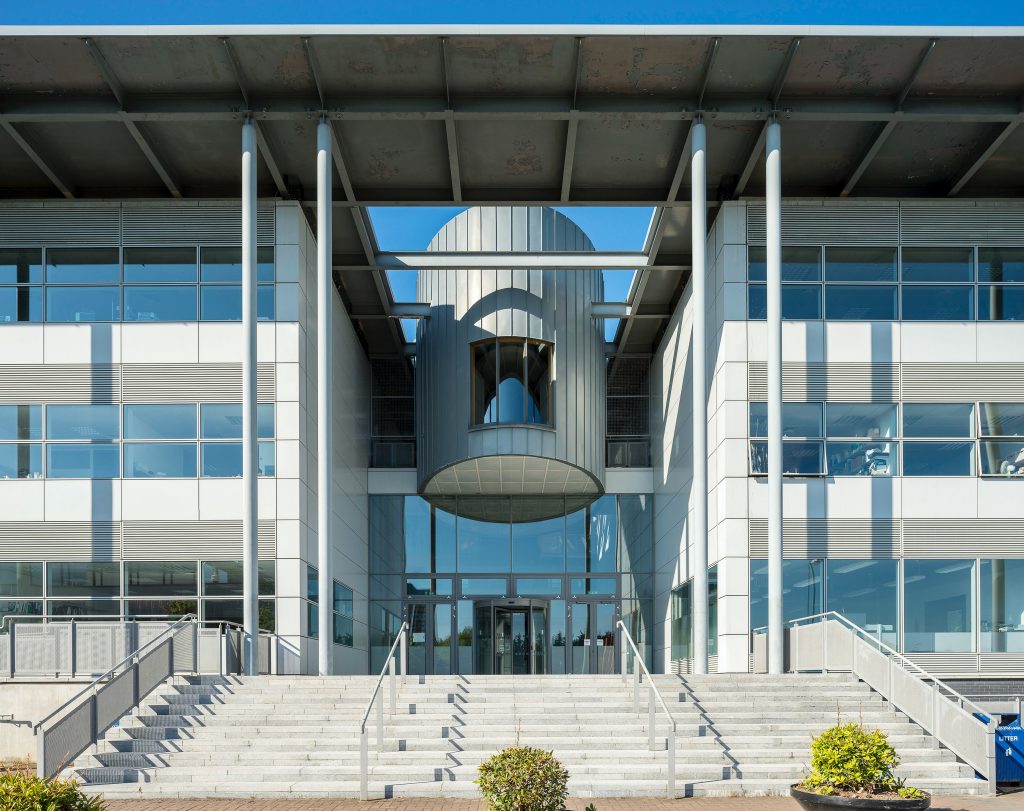Higher educational establishments know all too well that cellular coverage on campus needs to evolve with current and future demand because Wi-Fi only systems don’t meet all connectivity requirements. Students take reliable mobile coverage as a given because the concept of a pre-Internet world is completely alien to them.
Young people spend more time with their smartphones than they do their families and it’s easy to understand why. These portable devices are their primary source of entertainment, their wallets, their travel cards, their shopping/banking tools and over the last two years they’ve been integral to maintaining some semblance of normality.
“Since participating at the Networkshop50 conference, it is abundantly clear that Generation Z is mobile-first and universities must assure mobile coverage on campus in line,” says Colin Abrey of Nextivity.
Such is this dependency that according to an industry survey, 68% of students regard mobile coverage as a key when applying to universities and access to a strong 4G/5G signal ranks highly when accepting offers. Higher educational establishments must take this requirement seriously in their bid to attract talented students and assure it forms part of their digital transformation. Moreover, the digital learning practices introduced during the pandemic are here for the long haul, with cellular taking central stage as it is the gateway to collaborative and App-based learning. Professors and lecturers are also being pushed to embrace digitisation to enable collaborative learning via multiple devices and technologies.
Cellular connectivity is the backbone to all on-campus critical applications

In our post pandemic world digital transformation and its underpinning comms infrastructure are now imperative to the very essence of all higher educational establishments. From attracting and retaining high calibre students, undergraduate/postgraduate enrolment processes, student welfare, student finance, student accommodation, international students, student learning to staff communications, campus-wide safety and security, wayfinding, digital signage right through to leveraging IoT AI and big data for pioneering scientific research.
Requirements are endless and the underlying digital infrastructures and wireless comms networks needed to effectively handle these complex requirements are immense. And university digital transformation isn’t just about responding to the recent crisis either. It will continue to reshape teaching/ learning, and wider educational experiences for years to come.
Whilst routine notifications may be communicated via platforms such as WhatsApp, all safety critical communications will require 4G connectivity once the new ESN network goes mainstream. Seamless cellular connectivity is also central to smart building technologies because of its long transmission ranges, universal availability, and greater security over Wi-Fi.
Reluctance to load work developed apps on personal devices for privacy reasons

Access to systems within higher education often require software applications to be loaded on to personal mobile devices for said devices to use the in-house Wi-Fi network. There is some reticence among lecturers to load these work-related apps for fear of functionality and privacy issues, which means all on-campus messages need to be received via SMS/MMS, particularly if those messages relate to student/staff safety and wellbeing. Cellular converge is also imperative to 999 calls, so any area within the facility void of a phone signal poses serious health and safety risks.
Whilst some establishments may have implemented operator-connected DAS systems to overcome connectivity challenge, those responsible for assuring seamless mobile coverage should be aware that the MNOs offload the high costs associated with DAS installs to the end-client or third parties as they have bigger 5G and cloud computing challenges to confront. With infrastructure overhauls going on at network level, how are universities expected to incorporate mobile coverage upgrade projects into their digital transformation in the meantime?
Badly installed repeater systems make poor coverage even worse
If universities are unable to secure the upfront Capex needed to commission a DAS project, they have no choice but to manage mobile connectivity requirements inhouse using mobile signal boosters. Although these systems are highly compelling compared to DAS, there’s a whole lot more to assuring reliable in-building coverage than simply acquiring repeaters and installing them at will. A number of factors must be taken into account, including the university location, the outdoor network, number of students/staff requiring connectivity, number of connected devices etc. If these considerations are not carefully thought through, standalone mobile repeaters randomly installed in different locations will not only make a poor indoor coverage situation even worse, they will also impact the external network. And this can have serious repercussions. Large universities require a system that delivers “DAS” benefits without the associated long lead-times or high costs.
Enter Nextivity’s Cel-fi solutions

Developed specifically to deliver the performance and assured connectivity needed for digitalisation but without the complexities of a full-scale DAS, it’s a multi-band system that is fully digital, approved by hundreds of MNOs around the world and is guaranteed network safe. Installations can be accomplished in just days by certified installers versus months and at a fraction of the cost associated with DAS. Moreover, Nextivity, with its award winning Cel-Fi solutions, provides a complete range of mobile repeaters that are fully compliant with Ofcom’s licence exemption specification (IR2102), making them legal to use on all mobile networks in the UK.
Digitisation and seamless mobile connectivity are driving innovation across the board in higher education. From digital learning, distance learning, paperless learning and other sustainability initiatives to assuring student/staff safety and security in an emergency situation by enabling critical and first responder communications from anywhere within the campus, Cel-Fi solutions assure the ubiquitous coverage needed to support these campus critical applications.
The author is Colin Abrey, VP Channel Sales of Nextivity.
Comment on this article below or via Twitter: @VanillaPlus OR @jcvplus






